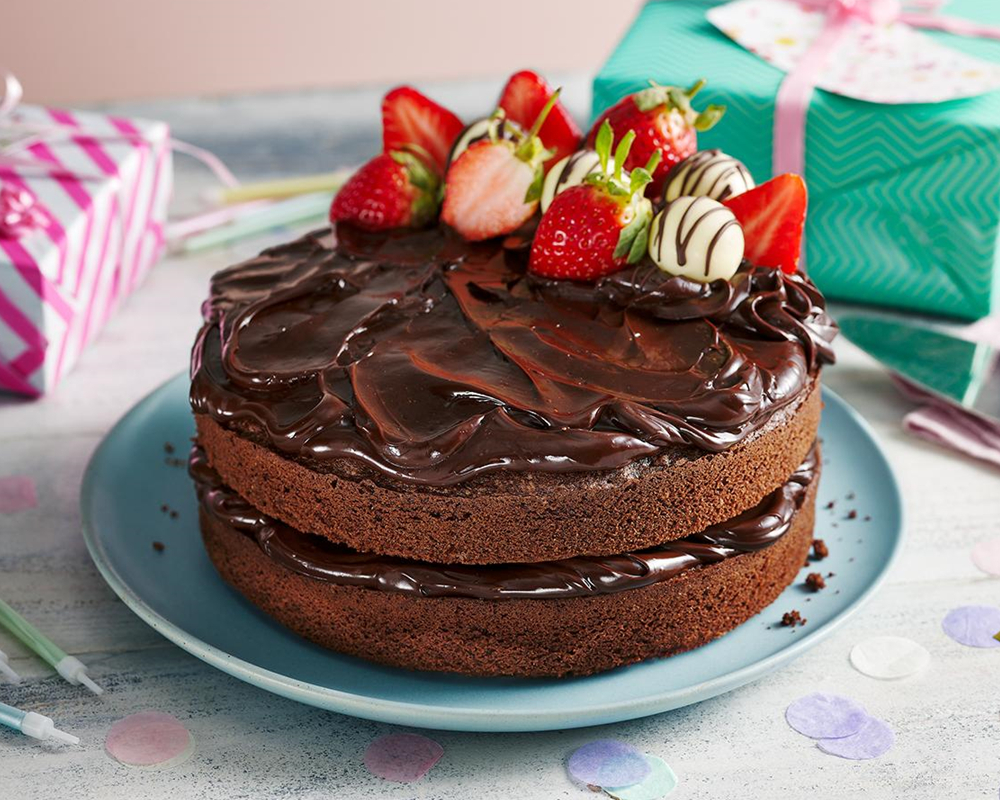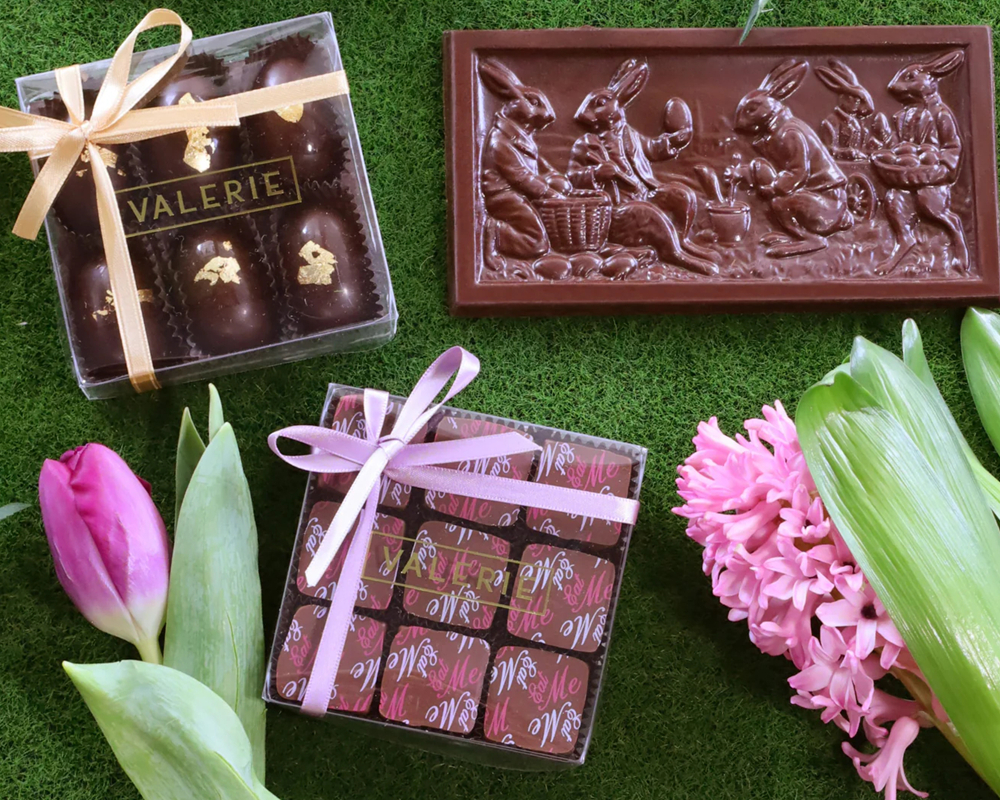The journey of chocolate begins with the cacao bean, native to the lush rainforests of Central and South America. Ancient civilizations, such as the Maya and Aztecs, revered cacao as a sacred gift from the gods. They crafted a bitter beverage from the beans, often spiced with chili and vanilla, which was believed to have invigorating properties. As chocolate traveled through time and across continents, it evolved into the sweetened confections we cherish today.
Chocolate comes in many forms, each with its own unique flavor profile and texture. Dark chocolate, with its high cocoa content, is often celebrated for its rich, intense taste and potential health benefits, including antioxidants that may improve heart health. Milk chocolate, on the other hand, offers a creamy sweetness that appeals to a broader audience, making it a favorite in confections and desserts. Meanwhile, white chocolate, though technically not chocolate in the traditional sense, provides a sweet and buttery alternative that pairs beautifully with fruits and nuts.

The versatility of chocolate is another reason for its enduring popularity. It can be enjoyed in countless ways—whether as a comforting hot cocoa on a chilly day, a decadent chocolate cake at a celebration, or a simple bar savored in solitude. Chocolate can elevate both sweet and savory dishes, adding depth and complexity to everything from gourmet sauces to artisanal cheeses.
Beyond its culinary delights, chocolate has a profound psychological impact. It is often associated with feelings of happiness and comfort, thanks to the release of endorphins and serotonin when consumed. This emotional connection is why chocolate is often given as a gift on special occasions, from Valentine’s Day to birthdays, symbolizing love and affection. The act of sharing chocolate can create bonds and memories, making it a cherished part of human experiences.
In recent years, the focus on sustainable and ethical chocolate production has gained momentum. As consumers become more aware of the impact of their choices, they seek out brands that prioritize fair trade practices and environmentally friendly sourcing. This shift not only supports the communities that cultivate cacao but also ensures that future generations can continue to enjoy this beloved treat.
In conclusion, chocolate is a timeless indulgence that captivates our senses and enriches our lives. Its rich history, diverse forms, and emotional resonance make it a beloved staple in cultures around the world. Whether enjoyed alone or shared with loved ones, chocolate remains a symbol of joy, love, and the simple pleasures that make life sweeter.
